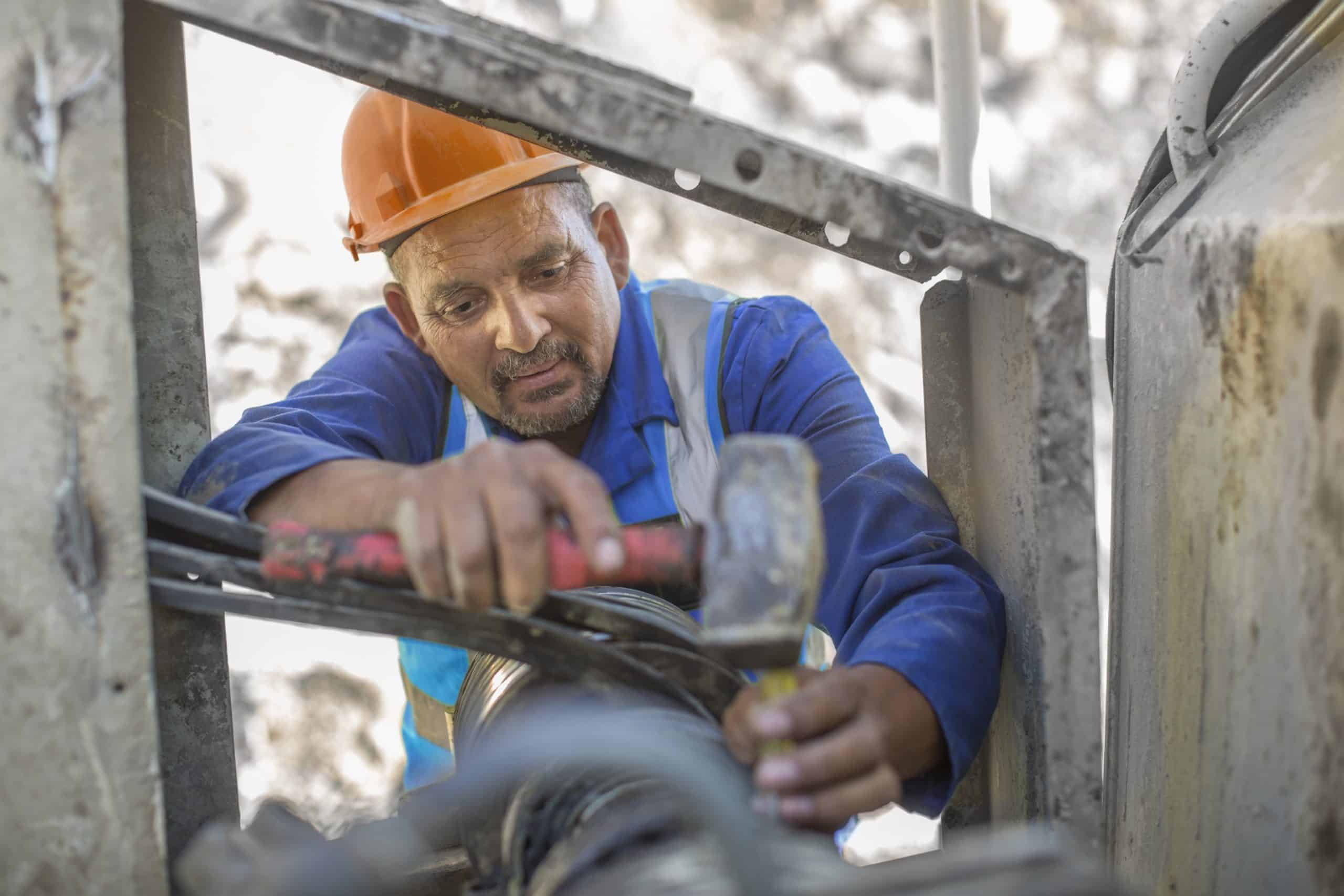What Are the Latest Trends in Adaptive Reuse of Industrial Spaces for Urban Living?

In the contemporary world, where cities are bursting at the seams and the demand for space grows relentlessly, a fresh approach to urban development is gaining traction. We’re talking about the adaptive reuse of buildings – a sustainable, smart and imaginative approach to space utilization that’s changing the face of our cities. The focus is shifting from new construction to the smart transformation of existing structures, particularly industrial spaces, into viable commercial, retail, or residential options. This article explores the latest trends in adaptive reuse of industrial spaces, providing insights into why it’s a game-changer for sustainable urban development.
The Concept of Adaptive Reuse
Adaptive reuse refers to the practice of repurposing buildings – converting them from their original function to accommodate new uses. It is a process that involves the redesign and renovation of existing buildings for new purposes, instead of building from scratch.
This might interest you : What Are the Best Strategies for Real Estate Branding in the Digital Age?
This strategy aims to achieve a balance between the preservation of historical integrity, sustainability and the introduction of modern conveniences that satisfy contemporary needs. It is a growing trend in urban development, especially in cities where space is at a premium, and older buildings are plentiful.
When applied to the built environment, adaptive reuse provides an opportunity for the revitalization of underutilized buildings and contributes to the reduction of urban sprawl, the conservation of natural resources and the reduction of construction waste. The adaptive reuse of industrial spaces also promotes sustainability by preserving the embodied energy in existing buildings.
Also read : How to Implement Passive House Standards in Large Residential Developments?
Adaptive Reuse in Office and Commercial Spaces
In recent times, one of the most popular trends in adaptive reuse is the conversion of industrial buildings into office and commercial spaces. Industrial lofts, factories and warehouses, with their open floor plans and unique architectural features, are being transformed into contemporary offices, retail stores and even co-working spaces.
This trend is driven by the desire for distinctive work environments that inspire creativity, foster collaboration, and break away from the traditional corporate office model. Features such as high ceilings, exposed brickwork, and large windows are seen as desirable attributes that add character and a sense of heritage to the workspace.
Moreover, from a sustainability perspective, the reuse of these structures reduces the environmental impact associated with new construction. It helps conserve resources, reduces waste, and minimizes the need for new materials, offering an environmentally-friendly alternative to new construction.
Retail Spaces: The New Frontier for Adaptive Reuse Projects
Another emerging trend in adaptive reuse is the transformation of industrial buildings into vibrant retail spaces. Old factories, warehouses, and even power stations are being converted into thriving shopping centers, restaurants, and cafes.
This trend is driven by the evolving needs and tastes of consumers, who are increasingly seeking unique and experiential retail environments. The raw, gritty feel of industrial spaces lends itself perfectly to creating an immersive shopping experience that goes beyond the traditional retail model.
The adaptive reuse of industrial spaces for retail not only contributes to urban rejuvenation, it also provides opportunities for job creation and economic development. It breathes new life into old buildings and neighborhoods, turning them into bustling commercial hubs that attract both locals and tourists.
Creating Sustainable Living Spaces
In the face of rapid urbanization, a rising trend is the adaptive reuse of industrial spaces for residential purposes. Old factories, warehouses, and mills are being renovated and repurposed into stylish and sustainable urban homes.
These industrial buildings, with their high ceilings, large windows, and open floor plans, offer a unique charm and a sense of history that is absent in new constructions. By reusing these buildings, we not only preserve our architectural culture and heritage, but we also promote sustainable living, as the renovation and retrofitting of these buildings consume less energy and resources compared to new constructions.
Moreover, transforming industrial areas into livable spaces helps in the revitalization of urban areas, improving city aesthetics, increasing property values, and enhancing community identity and pride.
The Role of Adaptive Reuse in Sustainable Urban Development
Embracing adaptive reuse is a significant step towards sustainable urban development. It aligns with the principles of sustainability – reducing waste, conserving resources, promoting energy efficiency, and maximizing the use of existing assets.
When we adapt and repurpose buildings, we preserve the materials, labor, and energy that were initially invested in their construction. We reduce the demand for new construction, thereby decreasing the pressure on our natural resources and the environment.
Furthermore, adaptive reuse can be a catalyst for urban regeneration, creating vibrant, mixed-use communities that integrate residential, commercial, and cultural uses. These mixed-use developments contribute to the diversity and resilience of cities, fostering social inclusion, and creating a sense of place and community identity.
In conclusion, adaptive reuse is more than just an architectural or design trend. It is a sustainable approach to urban development that has the potential to transform our cities, shaping them into more sustainable, livable and resilient communities.
Adaptive Reuse: Bridging the Gap between Heritage and Modernity
One of the most attractive aspects of the adaptive reuse trend is its ability to harmoniously blend heritage with modernity. This practice involves giving a new life to industrial buildings with historical significance, morphing them into functional spaces that meet contemporary needs without erasing their valuable historical essence.
At its core, adaptive reuse is a form of architectural conservation. However, unlike conventional preservation efforts that aim to keep a building frozen in time, adaptive reuse is all about breathing new life into old spaces. It’s about maintaining the building’s original character while infusing it with modern amenities and functions.
This modernization of heritage buildings through adaptive reuse has a profound cultural impact. It fosters a community’s sense of identity and connection to its past, while also promoting local tourism. It allows cities to retain their unique architectural character in the face of rapid urban development.
Moreover, adaptive reuse is proving to be a viable solution to several urban challenges, including housing shortages and the underutilization of industrial zones. By transforming vacant factories, warehouses, and mills into residential units, office spaces, or retail stores, cities can optimize their existing built environment and create more vibrant, liveable urban spaces.
Adaptive Reuse: A Catalyst for Economic Development
Adaptive reuse doesn’t just offer a sustainable solution to urban development issues; it can also significantly contribute to economic development. By attracting investment and stimulating local economies, adaptive reuse projects can be a valuable tool for urban regeneration.
For example, converting an old factory into a commercial real estate hub can create numerous job opportunities, ranging from construction to retail. It can also attract more people to the area, increasing foot traffic and potentially boosting the success of nearby businesses.
Moreover, adaptive reuse projects often involve the collaboration of various stakeholders, including property owners, developers, architects, city planners, and local communities. This collaborative approach can foster a sense of community, encourage public participation in urban development, and ensure that the outcomes of these projects are responsive to local needs and preferences.
In short, the economic benefits of adaptive reuse are multi-dimensional. It can stimulate local economies, enhance property values, create jobs, and foster community development. It’s an investment in a city’s future that pays dividends in the form of economic growth and community resilience.
Conclusion: Adaptive Reuse as the Future of Urban Development
The growing popularity of adaptive reuse is indicative of a shift in our approach to urban development. It is a practice that looks to the past to meet the needs of the future, repurposing our built environment in a way that is both sustainable and economically beneficial.
Adaptive reuse is not just a trend but a necessity in today’s rapidly urbanizing world. With cities struggling to balance development with sustainability, adaptive reuse offers a solution that respects our architectural heritage while satisfying contemporary needs.
In an era where sustainability is paramount, the adaptive reuse of industrial spaces into residential, commercial, and retail spaces not only conserves resources but also breathes new life into old neighborhoods. It is an approach that promises to shape the future of urban living, transforming our cities into more sustainable, livable, and resilient communities.
As we look ahead, the adaptive reuse of industrial buildings will likely continue to be a key strategy in urban development. With its multiple benefits – from environmental impact to cultural preservation and economic growth – adaptive reuse is a trend that’s here to stay. The way we view and interact with our built environment is changing, and adaptive reuse is leading the charge.
